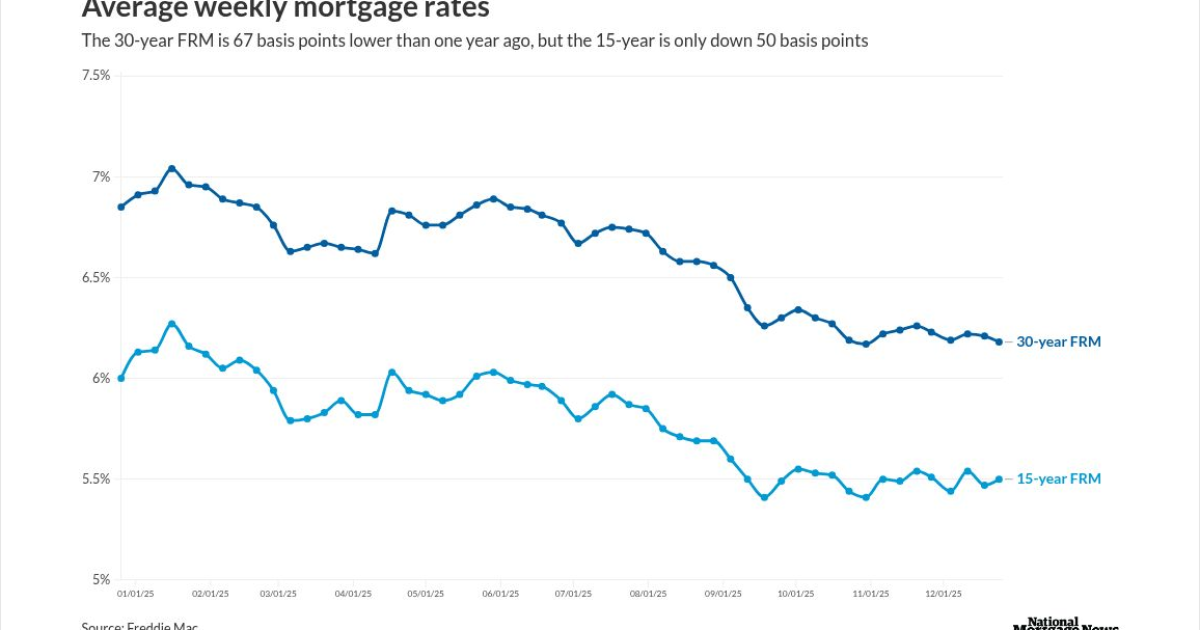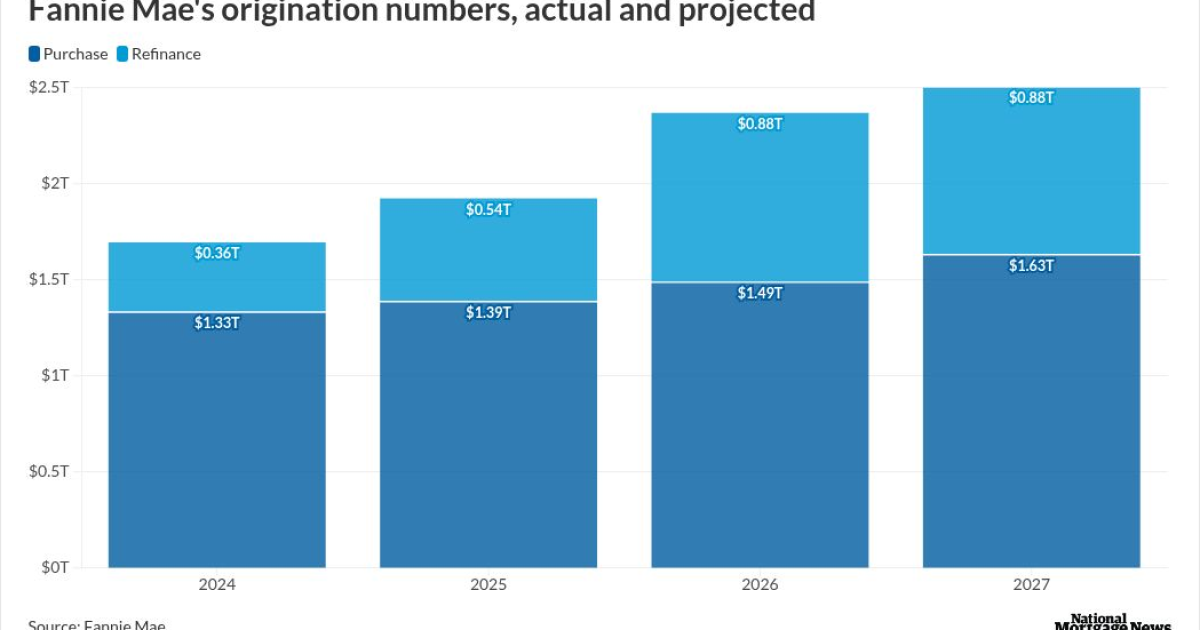
A lackluster origination market has pushed some mortgage lenders to shed their middle management as a way to cut costs, which raises a question among industry stakeholders: Are regional and divisional managers important to the functioning of mortgage shops?
In recent months, numerous stakeholders have pointed out that as the industry weathers an extended spell of tumult, middle management staffers have a
While some of those cuts have come to pass, with lenders such as
READ MORE:
This is highlighted by the countless poaching lawsuits filed over the last few years, which reveal that managers'
The action of letting these folks go says nothing about what value they bring to an organization, but is solely a question of economics, said Paul Hindman, an industry consultant.
"From the owner's perspective, they're cutting into middle management because of cost," he said. "This is not a strategy for a value, it is merely an economic cost-cutting."
But not everyone agrees with this point of view. Some say they are costly and sometimes promise more than they can deliver.
"Some CEO's are eager to wine and dine them as they salivate thinking about all the production they can bring.....but far too often, they fail to partner in a substantive way with the leaders of those groups once they're onboarded," wrote Greg Sher, managing director at NFM Lending, in a LinkedIn post.
Joe Garrett, the owner of consultancy firm Garrett, McAuley & Co., thinks the middle layer is unnecessary and recommends for his clients to shed it. Doing so, Garrett says, ushers in more transparency for owners of companies to actually understand what is happening inside of their shop.
"We've seen that once some presidents have gotten rid of the middle management suddenly they just know a whole lot more about what's happening in the trenches," he said. "You know what these guys need? For information not to be filtered."
Managers are typically in charge of recruiting loan officers, which many companies have
"They become the communication hub," said
Removing middle management roles is, of course, not a new invention in the market. In the early 2000s mortgage lenders did the same thing as a way to cut costs. Some of the folks let go will likely be rehired once the market recovers, but not everyone, Dallas noted.
"There will be a bit of demand for the best," he predicted. "What most of them will do is what they did coming out of 2006, which is that they switched careers. Some became MLOs, some became branch managers and retail. Some went into wholesale. Some just left the industry."
For the moment, unless it's "2020 all over again and everyones making a ton of money…..people are now starting to realize they don't need it," Garrett said.
Many who make the cutbacks are likely to tap other senior employees to step in and fill the void.
"[Lenders] will promote somebody internally into a senior position who everybody trusts and in that case you're able to keep 80% to 90% of the production people when you make that change. No science to it, it's just an art," said Dallas.
Scott Harris, a former director at American Pacific Mortgage and commentator on Greg Sher's recent post, reflected that removing structural layers doesn't actually point to a worsening of an IMB.
"I had a CEO tell me 'a nine-layer dip doesn't taste any better than a seven layer dip…but those top two added ingredients always cost more to add. Five layer dips will become the norm," he predicted.



